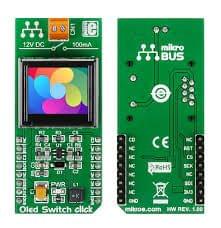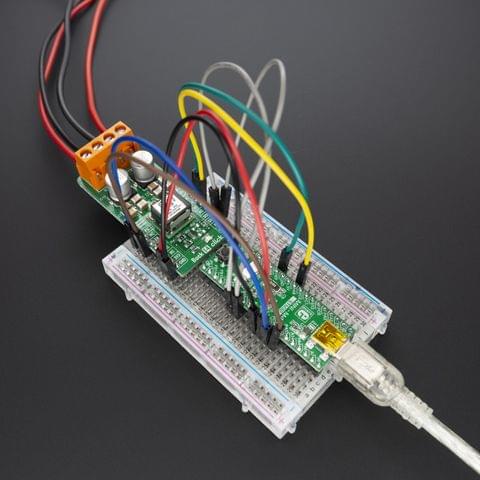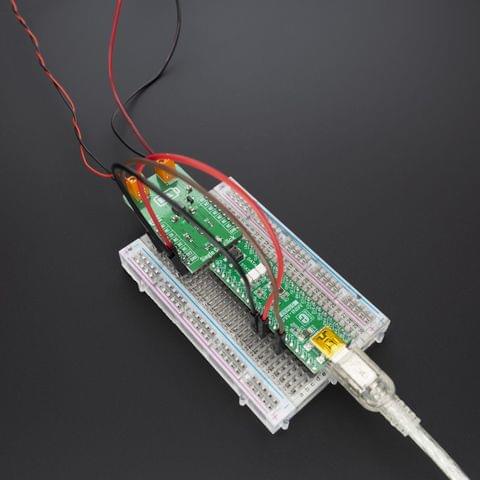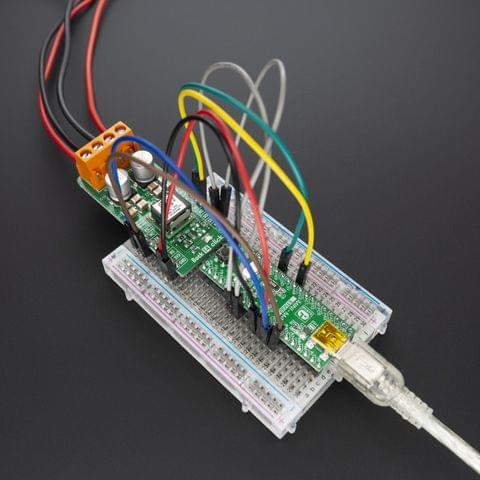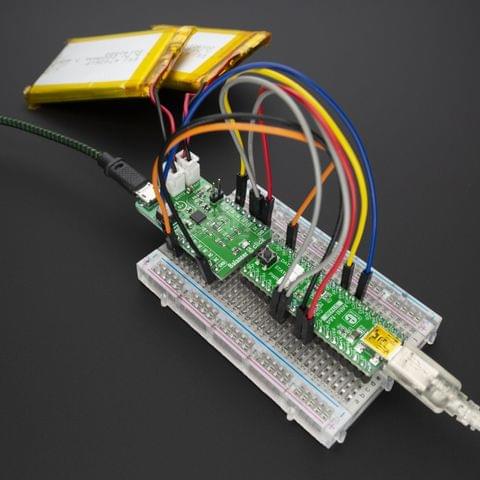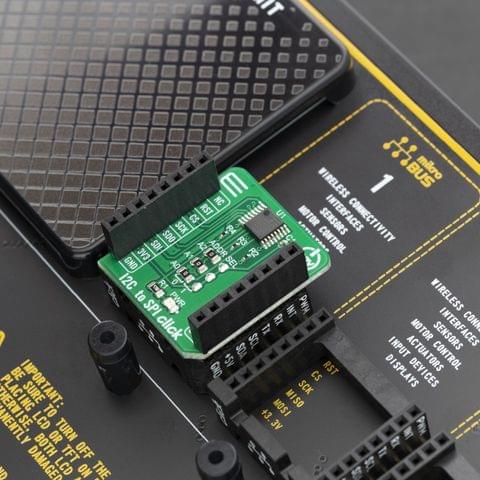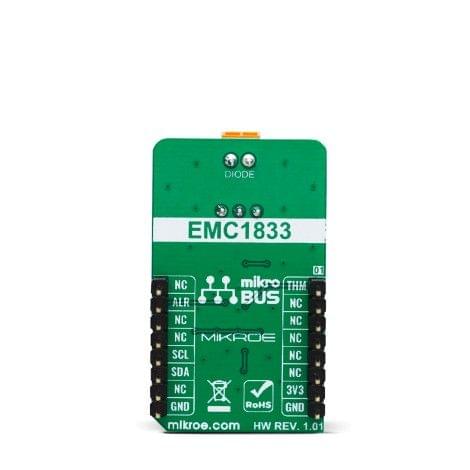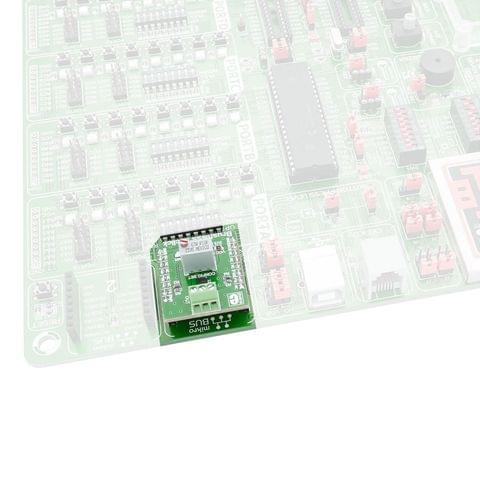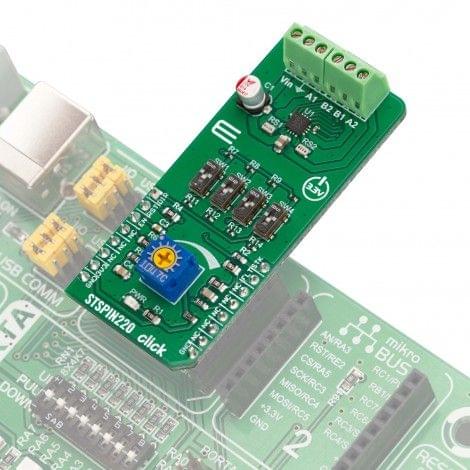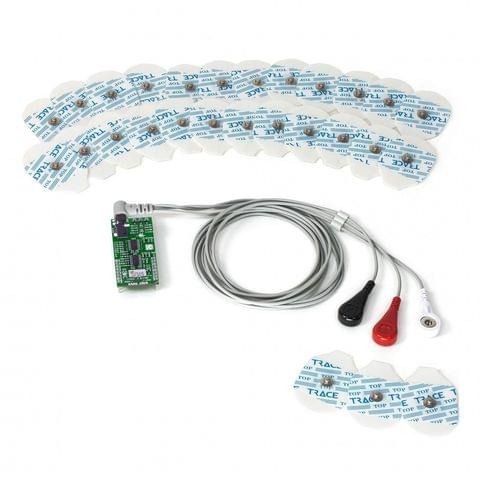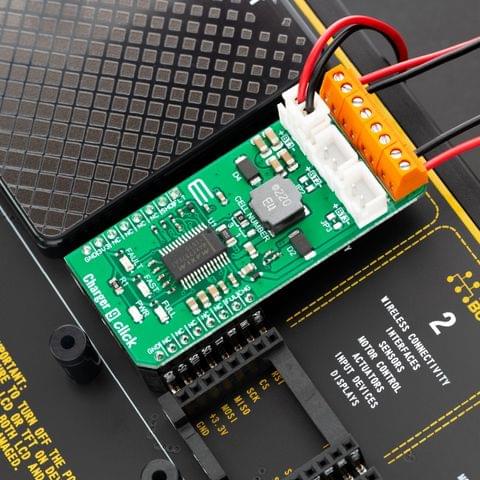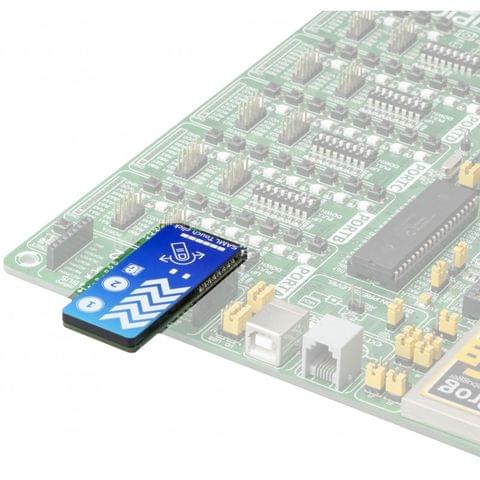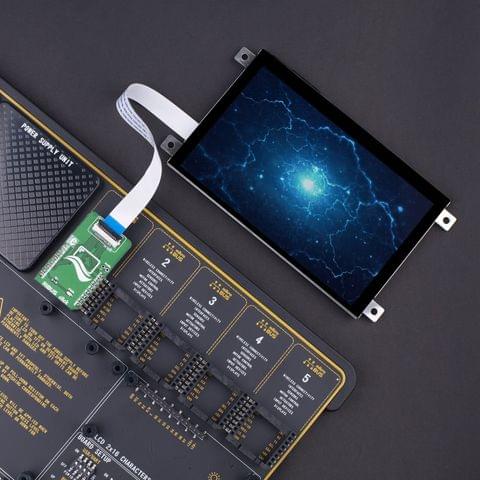- TRANSDUCERS
- TRANSDUCERS
- BASIC COMPONENTS DK
- BASIC COMPONENTS DK
- MARKETPLACE
- MARKETPLACE
- DEVELOPMENT BOARDS & KITS
- DEVELOPMENT BOARDS & KITS
- CABLE ASSEMBLIES
- CABLE ASSEMBLIES
- RF AND WIRELESS
- RF AND WIRELESS
- BOXES ENCLOSURES RACKS
- BOXES ENCLOSURES RACKS
- AUDIO PRODUCTS
- AUDIO PRODUCTS
- FANS-BLOWERS-THERMAL MANAGEMENT
- FANS-BLOWERS-THERMAL MANAGEMENT
- WIRELESS MODULES
- WIRELESS MODULES
- TERMINALS
- TERMINALS
- Cables/Wires
- Cables/Wires
- SINGLE BOARD COMPUTER
- SINGLE BOARD COMPUTER
- BREAKOUT BOARDS
- BREAKOUT BOARDS
- LED
- LED
- TEST AND MEASUREMENT
- TEST AND MEASUREMENT
- POTENTIONMETERS AND VARIABLE RESISTORS
- POTENTIONMETERS AND VARIABLE RESISTORS
- DEVELOPMENT BOARDS AND IC's
- DEVELOPMENT BOARDS AND IC's
- EMBEDDED COMPUTERS
- EMBEDDED COMPUTERS
- OPTOELECTRONICS
- OPTOELECTRONICS
- INDUSTRAL AUTOMATION AND CONTROL
- INDUSTRAL AUTOMATION AND CONTROL
- COMPUTER EQUIPMENT
- COMPUTER EQUIPMENT
- CONNECTORS & INTERCONNECTS
- CONNECTORS & INTERCONNECTS
- MAKER/DIY EDUCATIONAL
- MAKER/DIY EDUCATIONAL
- TOOLS
- TOOLS
- MOTORS/ACTUATORS/SOLEENOIDS/DRIVERS
- MOTORS/ACTUATORS/SOLEENOIDS/DRIVERS
- FPGA HARDWARE
- FPGA HARDWARE
- ROBOTICS & AUTOMATION
- ROBOTICS & AUTOMATION
Description
This board has a module that combines a button and a full color organic LED display, plus input/output screw terminals for connecting an external circuit (to toggle it on and off).
The mechanical button itself is nicely built, with a translucent black housing. When pressed, it gives satisfying tactile feedback.
The display, built in the button itself, can show 64 by 48 pixel images with up to 65k colors (16-bit depth).

Displays crisp and clear images
The display is big enough to display simple information, whether as icons or words. Small characters are legible and clear.
The most interesting feature is that the display can be programmed to change the picture when needed (for example, you can design a reprogrammable keypad that would allow users to switch from latin to cyrillic script or to chinese characters).
VisualTFT can be used to prepare the bmp images. There is a learn.mikroe.com article that explains how to to take 16 or 24 bit bmp pictures and create C arrays. The article is about RGB matrices but the same principle applies.
The board communicates with the target MCU through the mikroBUS™ SPI interface. It uses a 3.3V power supply only.
Features
- NKK Switch ISC15ANP4
- OLED: 64x48px; 65k colors (16-bit depth)
- Long-lasting (3 million actuations minimum)
- All-in-one solution reduces complexity of HMI designs
- Screw terminals for connecting external electronics
- 3.3V power supply
- SPI interface
- Ready-to-use examples save development time
- Home
- DEVELOPMENT BOARDS AND IC's
- CLICK BOARDS
- OLED Switch click
OLED Switch click
SIZE GUIDE
Your enquiry has been sent
Product Enquiry Form
Leave us a message for futher information.
- Shipping in 10-12 Working days
- http://cdn.storehippo.com/s/59c9e4669bd3e7c70c5f5e6c/ms.products/5aa3c4d7e19bdd75773f4b6c/images/5aa3c4d7e19bdd75773f4b6d/5aa3c4b8b4083075cac683da/5aa3c4b8b4083075cac683da.jpg
Description of product
Description
This board has a module that combines a button and a full color organic LED display, plus input/output screw terminals for connecting an external circuit (to toggle it on and off).
The mechanical button itself is nicely built, with a translucent black housing. When pressed, it gives satisfying tactile feedback.
The display, built in the button itself, can show 64 by 48 pixel images with up to 65k colors (16-bit depth).

Displays crisp and clear images
The display is big enough to display simple information, whether as icons or words. Small characters are legible and clear.
The most interesting feature is that the display can be programmed to change the picture when needed (for example, you can design a reprogrammable keypad that would allow users to switch from latin to cyrillic script or to chinese characters).
VisualTFT can be used to prepare the bmp images. There is a learn.mikroe.com article that explains how to to take 16 or 24 bit bmp pictures and create C arrays. The article is about RGB matrices but the same principle applies.
The board communicates with the target MCU through the mikroBUS™ SPI interface. It uses a 3.3V power supply only.
Features
- NKK Switch ISC15ANP4
- OLED: 64x48px; 65k colors (16-bit depth)
- Long-lasting (3 million actuations minimum)
- All-in-one solution reduces complexity of HMI designs
- Screw terminals for connecting external electronics
- 3.3V power supply
- SPI interface
- Ready-to-use examples save development time
Related products
NEWSLETTER
Subscribe to get Email Updates!
Thanks for subscribe.
Your response has been recorded.
INFORMATION
ACCOUNT
ADDRESS
Tenet Technetronics# 2514/U, 7th 'A' Main Road, Opp. to BBMP Swimming Pool, Hampinagar, Vijayanagar 2nd Stage.
Bangalore
Karnataka - 560104
IN
Tenet Technetronics focuses on “Simplifying Technology for Life” and has been striving to deliver the same from the day of its inception since 2007. Founded by young set of graduates with guidance from ardent professionals and academicians the company focuses on delivering high quality products to its customers at the right cost considering the support and lifelong engagement with customers. “We don’t believe in a sell and forget model “and concentrate and building relationships with customers that accelerates, enhances as well as provides excellence in their next exciting project.


